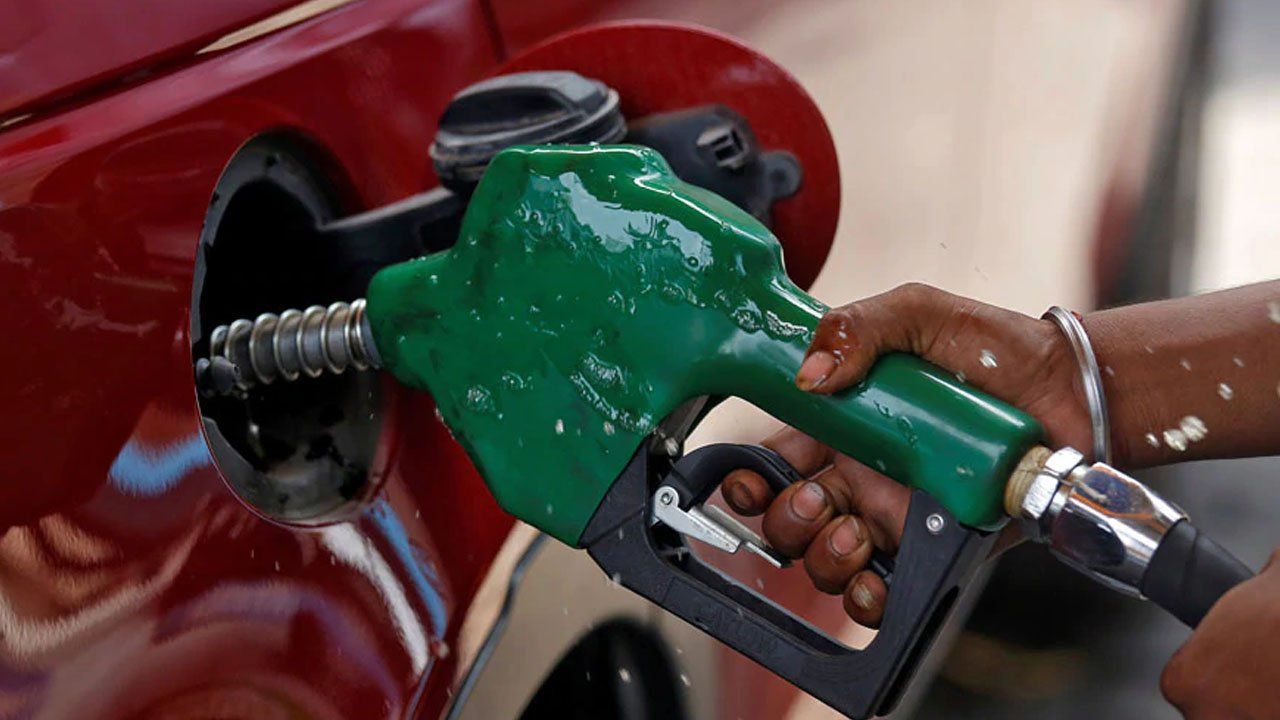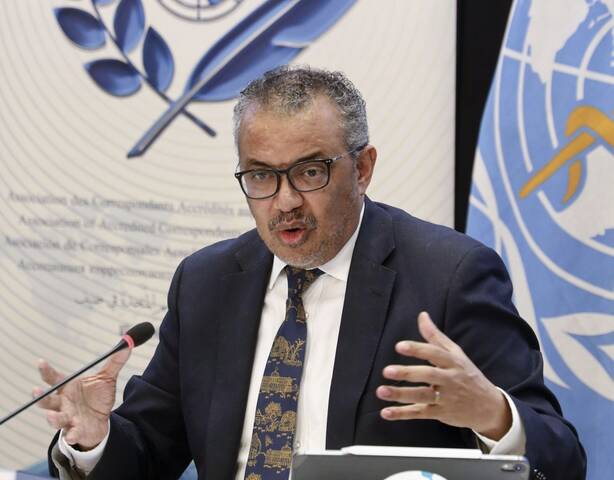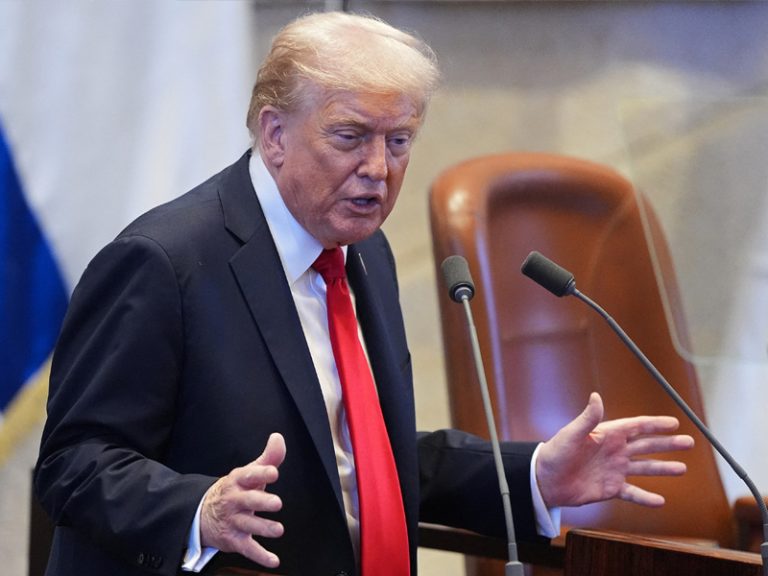
Nigerians consumed a total of 613.62 million litres of Premium Motor Spirit (PMS), popularly known as petrol, between October 2024 and October 10, 2025, according to fresh data from the Nigerian Midstream and Downstream Petroleum Regulatory Authority (NMDPRA).
Despite the ramp-up in operations at the Dangote Petroleum Refinery and other domestic plants, imported petrol still made up the bulk of national supply within the period under review.
The NMDPRA figures showed that of the total consumption, 236.08 million litres were supplied by local refineries, while 377.54 million litres came from imports. This means imported fuel accounted for about 63 per cent of the country’s total petrol consumption, while local production covered the remaining 37 per cent, a notable improvement compared to previous years.
Local Refining on the Rise
Data from the regulator revealed that domestic production nearly doubled within one year, from 9.62 million litres per day in October 2024 to 18.93 million litres per day in October 2025.
Conversely, petrol import volumes dropped significantly from 46.38 million litres per day in October 2024 to 15.11 million litres per day as of October 2025, representing a 67 per cent decline.
A monthly breakdown showed a steady decline in imports and a gradual increase in local supply. Import volumes fell from 46.38 million litres in October 2024 to 36.39 million litres in November and 38.90 million litres in December.
By January 2025, imports dropped to 24.15 million litres, fluctuating slightly in subsequent months, 26.79 million litres in February, 25.19 million litres in March, and 23.73 million litres in April before a temporary rebound to 37.37 million litres in May.
Thereafter, import volumes declined again to 28.54 million litres in June, 35.07 million litres in July, 20.66 million litres in August, 19.26 million litres in September, and 15.11 million litres as of October 10, 2025.
In contrast, local refining output rose from 9.62 million litres in October 2024 to 19.36 million litres in November and 13.13 million litres in December. The upward trend continued into 2025, with domestic production hitting 22.66 million litres in January and maintaining over 20 million litres in both March and April.
Although there were minor dips in May (17.85 million litres) and June (17.82 million litres), output rebounded to 21.19 million litres in August and stabilised at 18.93 million litres by October 2025.
Refineries Narrowing the Gap
The figures highlight a gradual but meaningful shift in Nigeria’s fuel supply structure, with local refineries led by the 650,000-barrel-per-day Dangote Refinery,steadily narrowing the country’s dependence on imports within just one year of full-scale operation.
Overall petrol supply averaged 46.6 million litres per day, comprising 29.5 million litres from imports and 17.1 million litres from local production.
The drop in petrol imports has also eased pressure on Nigeria’s foreign reserves, as the nation spends less on foreign exchange for fuel purchases previously running into billions of dollars monthly to cover freight, insurance, and letters of credit.
However, the report noted periodic fluctuations in total supply, which dipped from 55.21 million litres in May 2025 to 34.04 million litres in October 2025, suggesting that logistics challenges and refinery maintenance still affect nationwide distribution.



